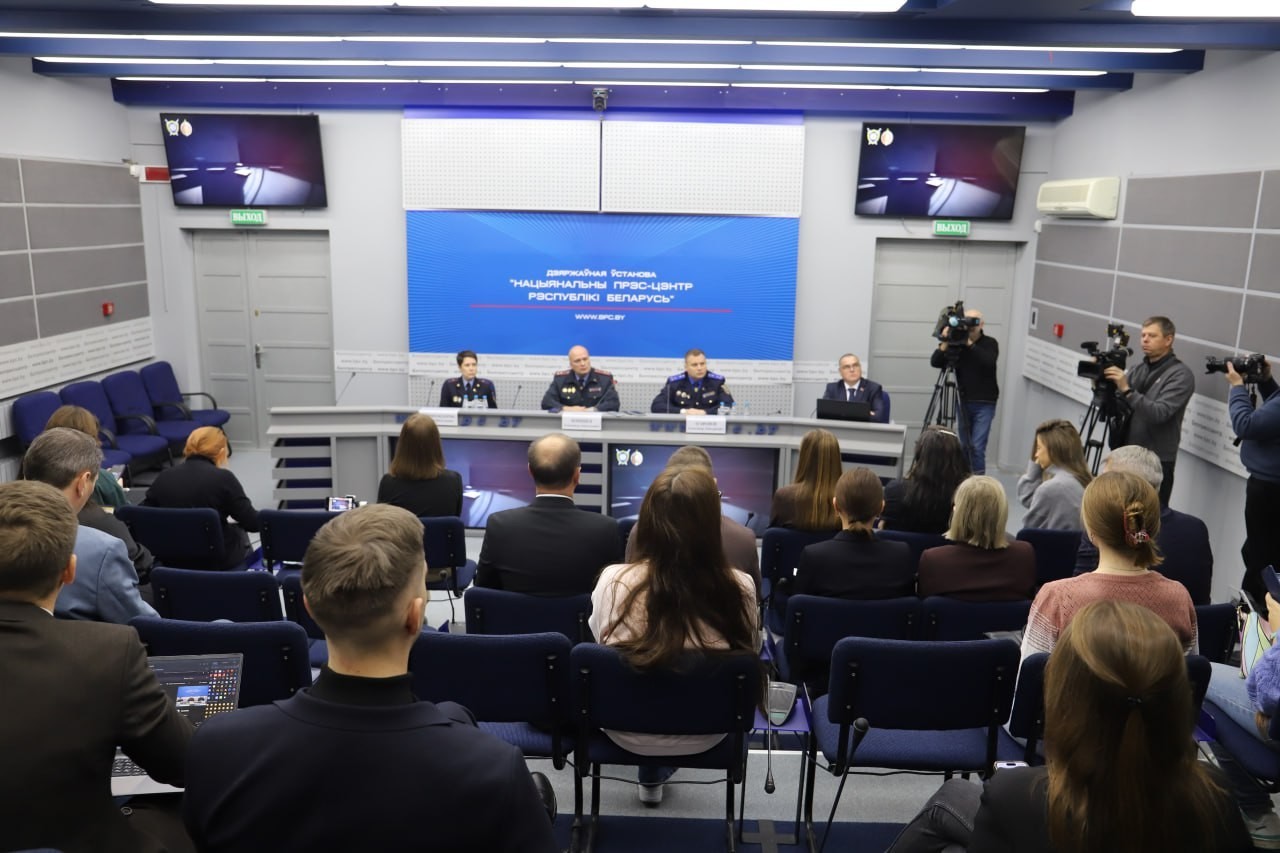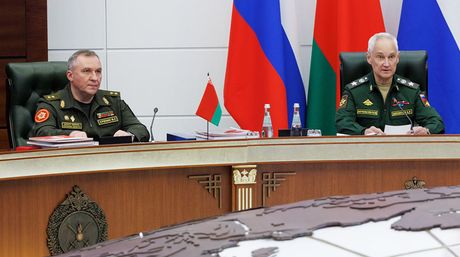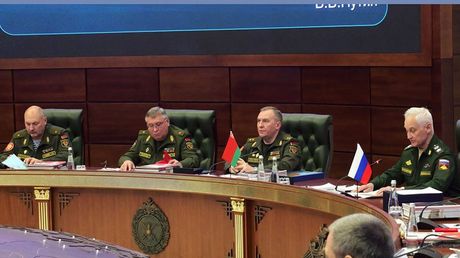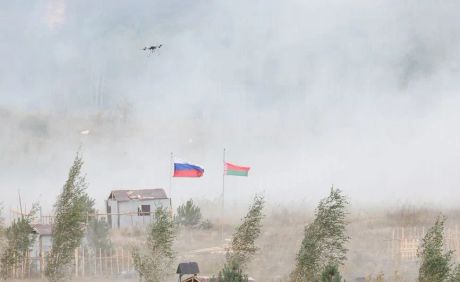"He stalked his victims near high-rise buildings." Law enforcement officials report solving the crimes of a serial killer
16:20, 2 October
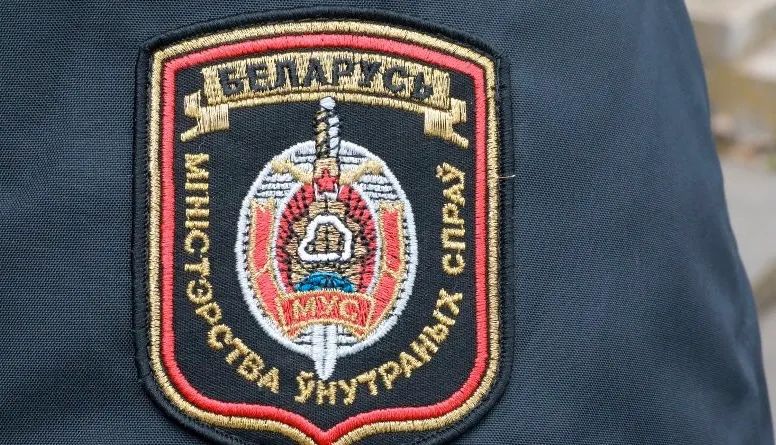
Photo: BelTA, Soyuz.by
Representatives of the Ministry of Internal Affairs, the Investigative Committee, and the State Forensic Committee spoke at a press conference at the National Press Center of Belarus about the resolution of a series of high-profile crimes, BELTA reports.
- Share on Facebook
- Share on VK
- Share on Twitter
From 1996 to 1999, a series of murders of young women and adolescent girls occurred in the Mogilev, Vitebsk, and Minsk regions, becoming the longest and bloodiest in the history of modern Belarus. The perpetrator stalked his victims near high-rise buildings, choosing fragile young women who were unable to resist. In the entryways, elevators, stairwells, and rooftops of the buildings, he committed sexual assault or rape. If he encountered resistance, he killed them by strangulation or stabbing. Thus, the serial killer committed eight murders of Belarusian women between the ages of 12 and 20, as well as two attempted murders and rapes.
"Initially, the investigation focused on each murder separately. There was insufficient evidence to suggest that all the crimes were committed by the same individual. Subsequently, after analyzing the circumstances of the crimes—the location, time, method, the perpetrator's features, and eyewitness and witness statements—we concluded that the crimes were serial. This was also confirmed by the forensic examinations. Consequently, the criminal and operational cases were combined into a single proceeding," said Alexander Kopishev, head of the Main Criminal Investigation Department of the Criminal Police of the Ministry of Internal Affairs.
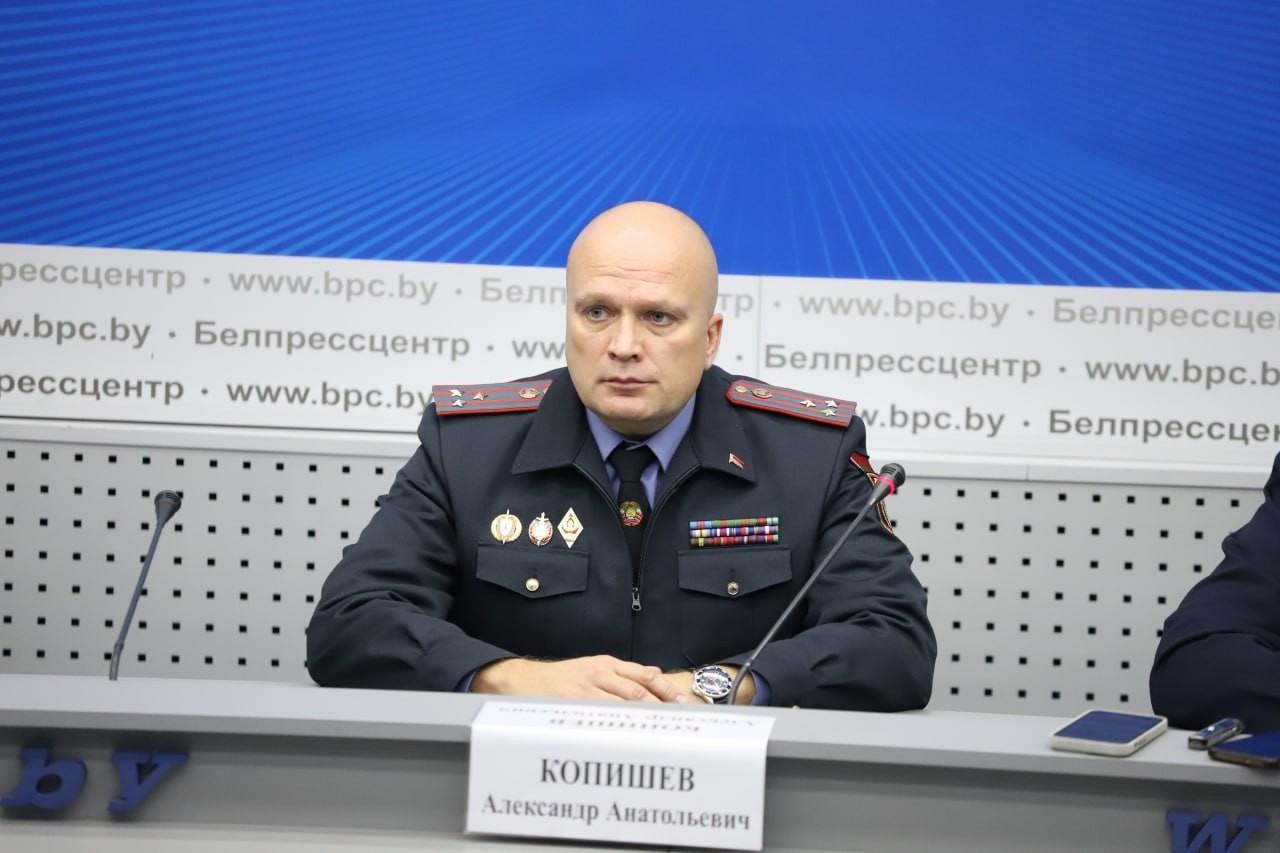
It was added that the cities where the attacks occurred were located at the intersection of several railway lines and directions: "Mogilev - Orsha - Vitebsk" and "Orsha - Minsk." This gave grounds for one theory: the crimes could have been committed by a railway employee.
Police officers accomplished a colossal task in apprehending the murderer. Criminal investigators followed dozens of leads and thousands of suspects, but were unable to solve the crime while it was still hot. The search continued for nearly 30 years. Solving these crimes became a matter of honor for law enforcement officers. In 2024, by decision of the Minister of Internal Affairs, task forces of experienced detectives and district police officers were created in each region to solve these crimes from previous years. More than 40,000 men matching the age and characteristics were under investigation. In total, since the 1990s, approximately 100,000 people have been investigated nationwide.
Painstaking and complex investigation led to the discovery of the perpetrator. He turned out to be a 53-year-old employee of a Mogilev company. He was detained in downtown Mogilev with the support of members of the Almaz special forces unit.
The speaker explained that after serving in the army, the criminal found employment at a company in Mogilev. This job allowed him to travel at his leisure by train. "In 1999, this man came to the attention of law enforcement agencies, which frightened him. He said he began killing when he was afraid of being seen or overheard. Subsequently, he lived in his own private home and worked at a company where he had no conflicts. He led a solitary life, trying to avoid the attention of law enforcement in any way. He never had a family," Alexander Kopishev explained.
Alexander Agafonov, Head of the Main Investigative Department of the Central Office of the Investigative Committee of Belarus, added that the criminal's personality and surroundings are always examined during investigations. "Based on the results, a forensic sexological-psychological-psychiatric examination is conducted. Its results revealed the man's mental disorder. At the same time, the experts confirmed that he was sane at the time of the crimes. Now he will be held accountable for his actions and will stand trial," Agafonov noted.
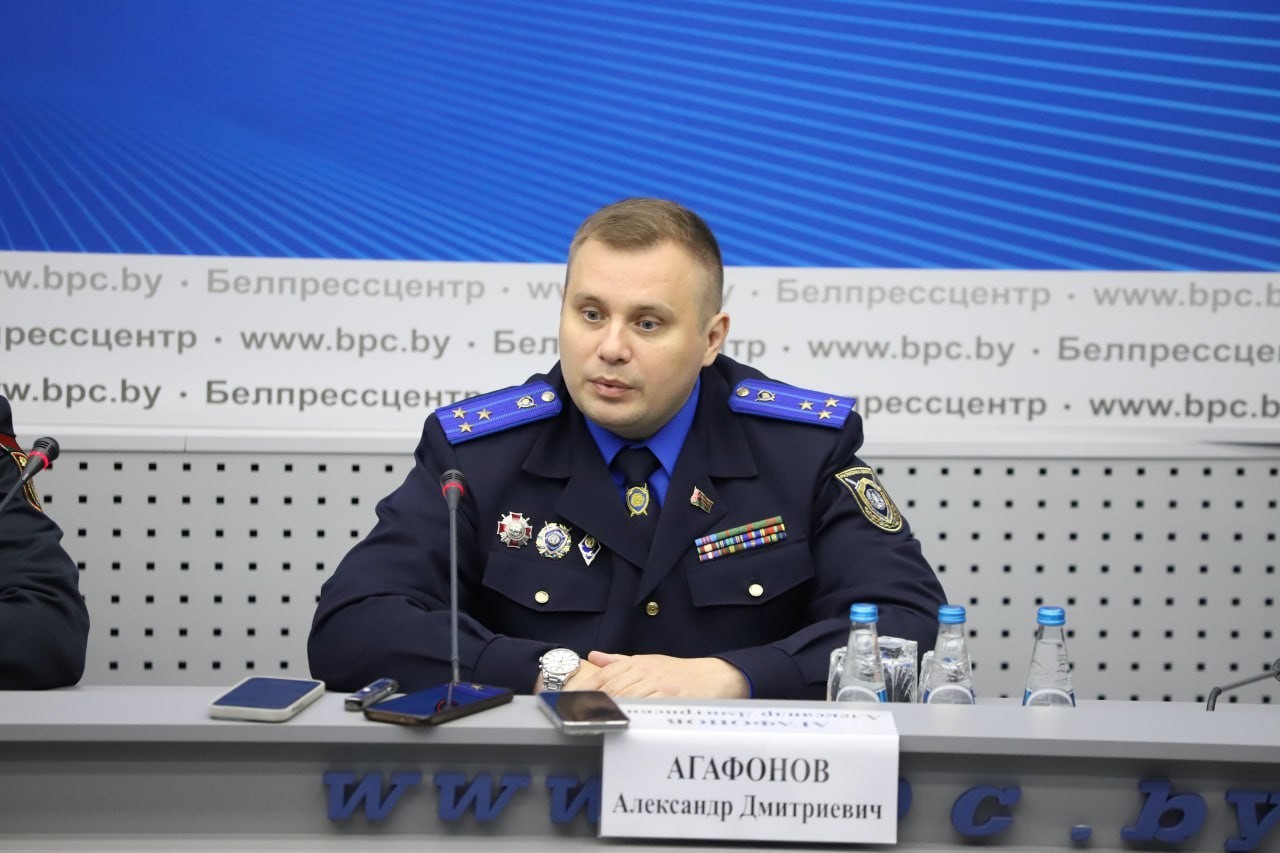
Tatyana Dubinich-Fedorova, Head of the Genetic Examination Department at the State Forensic Examination Committee's Central Office, explained that modern forensic genetics capabilities allow justice to be served even after nearly 30 years. "In December 2023, an interdepartmental working group meeting was held with representatives of the State Forensic Examination Committee's Central Office, the Investigative Committee, the Ministry of Internal Affairs, and the Prosecutor General's Office. The meeting addressed issues related to the investigation of crimes with serial nature, particularly these crimes. We proposed a joint review of previously conducted examinations and the commissioning of new studies, which became possible thanks to our modern knowledge, experience, and expertise," Dubinich-Fedorova shared.
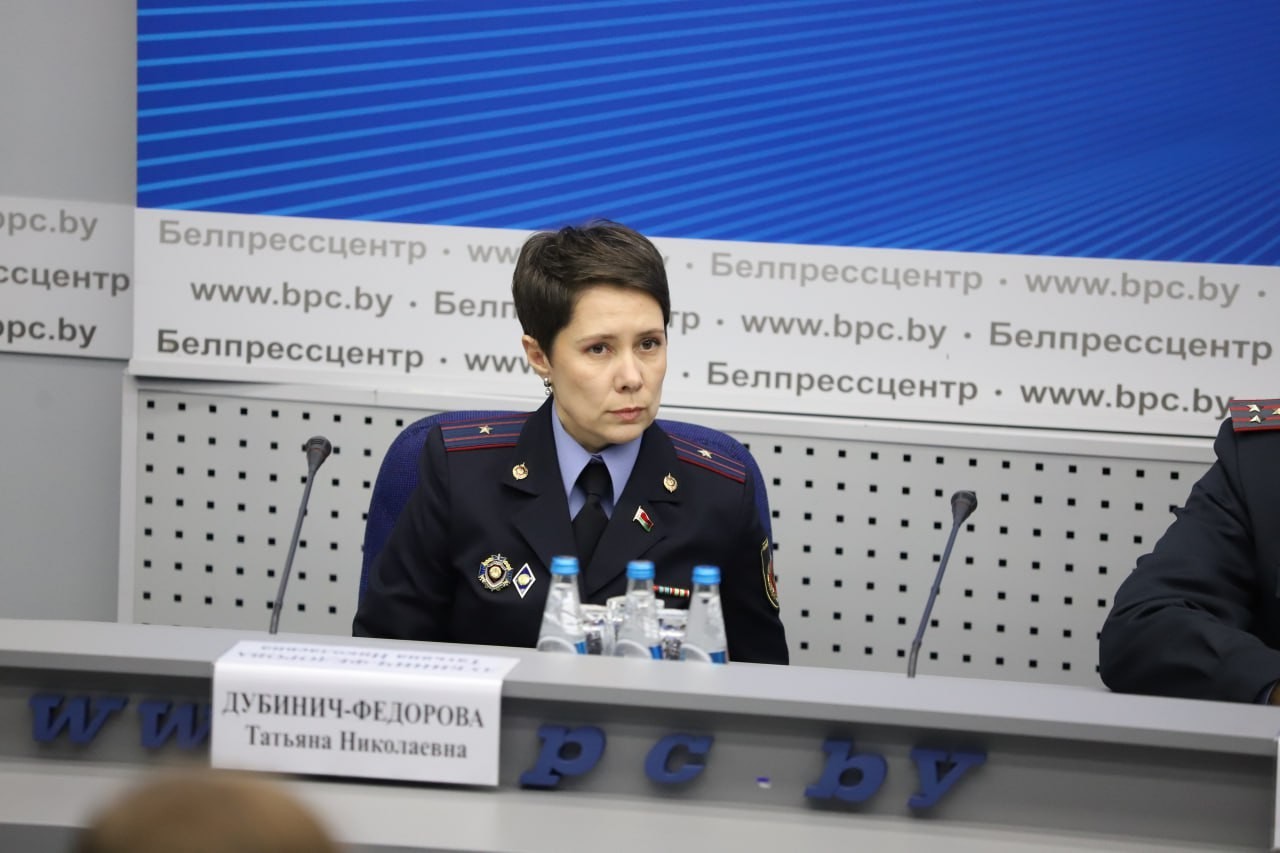
Thus, more than 130 examinations were conducted, over 1,700 items were examined, and over 8,000 test subjects were identified. "Thanks to the experts' professionalism and skill in working with latent and old traces, in 2024 we were able to identify mixed genetic profiles in traces on the victims' clothing. These profiles were registered with the State Forensic Examination (GKSE) DNA database. Analysis and calculations showed that these traces contained biological material originating from the same man. Based on the victims' genetic characteristics, a genotype of the suspected perpetrator was generated, which was also registered. However, there were no matches at that time. Therefore, in 2024, the State Forensic Examination (GKSE), together with the Ministry of Internal Affairs, intensified efforts to register a certain category of individuals. The perpetrator was included in this category. As a result, a match was found between the perpetrator's genotype and the traces found on the victims' clothing. “All of this together made it possible to solve this series of crimes,” concluded the representative of the State Forensic Examination Committee.
